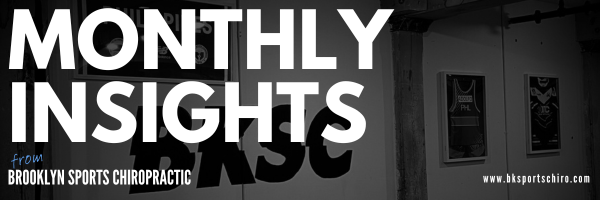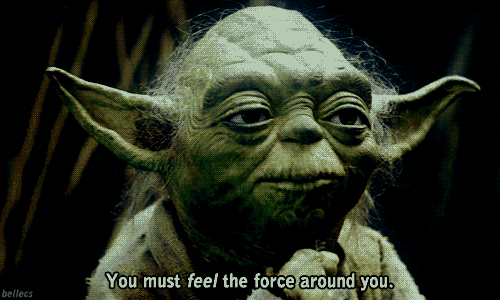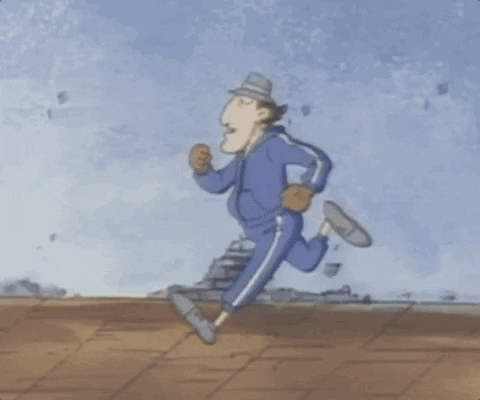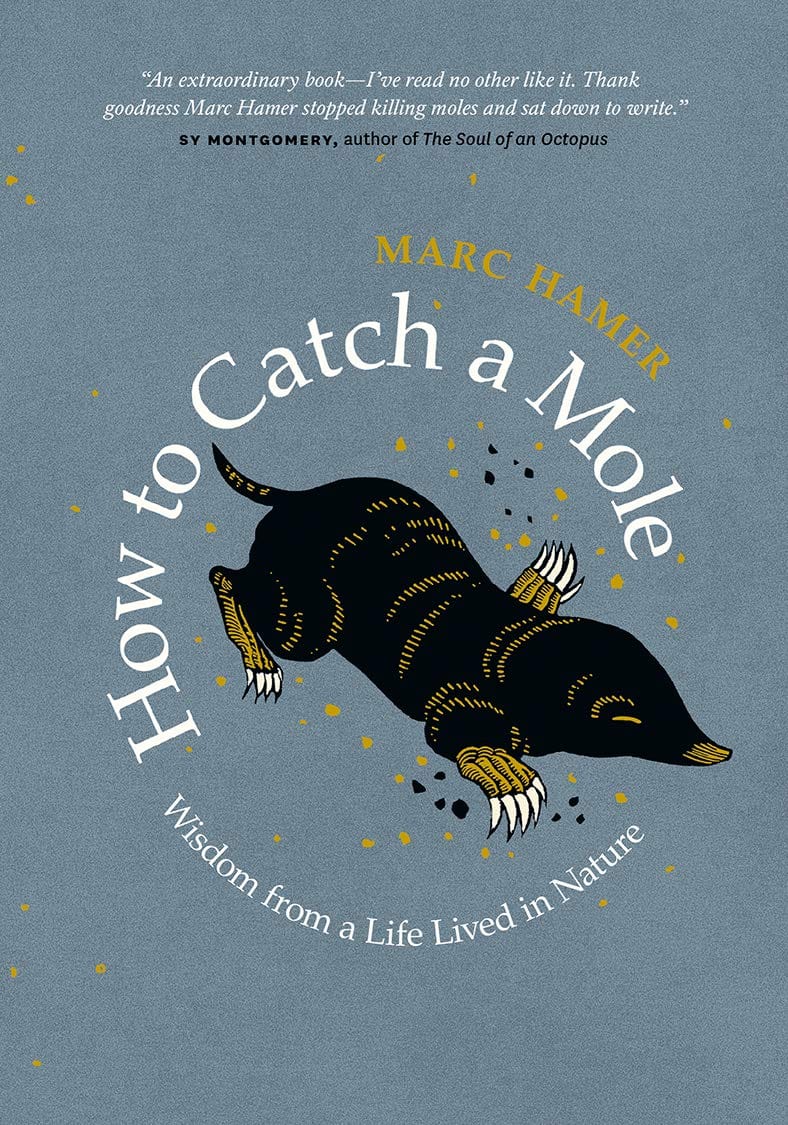- Brooklyn Sports Chiropractic
- Posts
- My Leg Hurts
My Leg Hurts
Where should I begin to figuring it out?


Howdy!
A few quick notes before we jump in today. My goal is to start sending this newsletter more regularly, but make it less dense. I’ll still be covering topics related to performance, health, and wellness, but I’ll save the long-form, annotated stuff for special occasions. If there is anything you would be interested in hearing my take on, let me know! I do my best to read all of your response to these emails. The fact that so many people do, will never cease to amaze me.
Today I’m going to run through a quick and dirty process for trying to rehab a lower leg chronic injury on your own. Think of this like a desert island strategy for dealing with a cranky calf muscle. A calf strain is the last thing I need while climbing for coconuts and roasting lizards. If you get stumped and you’re not stranded à la Lost, call somebody who has the answers (*me manically waving).
What’s Force Got To Do With It?
I step out of bed in the morning and pull up after a few steps with calf pain (we’ll stick with that). The first question I’m going to ask myself is: “Is this is a force generation or force absorption issue.” We’re operating under the assumption here that there is no bruising, swelling, hot, cold, tingles, tears, or breaks. This is a pesky cranky thing that just won’t go away.
Force generation is my ability to contract my muscles and create (or resist) external load. This is pretty straightforward for most people - it looks a lot like strength. Force absorption is my ability to dissipate and manage forces being applied to me. In simple terms, this is my braking system. Every time I hit the ground running or jumping, I have to be able to dissipate that force somehow.

Back to figuring out what’s happening with my calf. In order to figure out which path to start down I need some sort of screen to differentiate where the discomfort is coming from. In my opinion, the easiest is going up and down a flight of stairs. Give yourself three or four stairs at least and you should be able to decide which is worse: going up or coming down? Usually there’s a clear winner here. If if hurts to go up the stairs, but going back down doesn’t really bug you, this sounds to me like generating force (pushing yourself up away from the ground) is the issue. If the inverse is true and going down the stairs is the problem, then we are looking at a faulty braking system. For some reason you are having a hard time managing the force entering your body as you hit the ground.
This calf is barking at me when I go down the stairs, but not on the way up. I don’t know why, but at least I know that force absorption is what I need to play with. This is going to look like playing with a lot of jumping variations, but the focus is not on the jump. It’s on the landing. I guess we could say this is going to look like playing with a lot of landing variations, but that sounds silly. We are not silly.
While I’m working on my landings, I’m going to be focused on spreading my feet to get more surface area for my landing, and bending all of my joints below the waist as I hit the ground. This is going to act like a big spring shock absorber - one that I can hopefully bounce right back out of one day.
In addition to becoming a spring with wide feet, I’m going to work on eccentric motions in the weight room. There are three kinds of muscle contractions: concentric, isometric, and eccentric. For concentric think your regular bicep curl (making the muscle short), for isometric think I have to hold it in place without letting it drop (no change in muscle length), and for eccentric think lowering the weight back down slowly (lengthening the muscle while under tension). Eccentric contractions are a big part of our natural braking system. This means when I lift a weight with my lower body, I’m going to really focus on lowering back down slow and under control.

Let’s reverse now and say that going up the stairs was the issue. Force absorption right?! Gold star, pal. This means I need to work on the concentric contractions (green light to hit those curls) with the caveat that I want to do it at a weight that doesn’t further aggravate the issue. Right now that might mean actually getting assistance with the motion somehow (like adding a band to help you). The point is I want to find the problematic motion, get myself to the brink of an uncomfortable amount of weight, and get comfortable there. Once I get nice and comfy, it’s time to up the weight. You’ll be bounding up those stairs in no time. If I can mitigate as many variables in motion and other muscles getting involved as possible, I will. The easiest way to do this is by using machines instead of free weights. There’s a time and place for everything!
This is obviously a pretty bare-bones approach, but it’s a great place to get started. If there is something that you can’t figure out on your own, or you feel like you need to talk to a professional, don’t hesitate to reach out. I am always happy to chat with people about their wacky afflictions.
How To Catch A Mole
Switching gears, I always like to share recommendations with people and I love getting recs in return. I am somebody who is possessed by the, at times unhealthy, disposition of constantly seeking out new experiences. Rewatching movies, going to that restaurant again, and flying back to the place I said I loved so much are not activities I typically engage in. Having said that, I am currently on my third reading of Marc Hamer’s book How To Catch A Mole. I still have a hard time finding the words to describe it, but feel strongly enough to recommend it to all of my closest strangers here at the risk of being mocked at your upcoming cocktail parties. At face value it is one man’s reflection on a life spent outdoors in the Welsh countryside working as a traditional mole catcher, walking from farm to farm, plying his trade by hand and most often in solitude. What it becomes is a rumination on our relationship with nature, stillness, mortality, society, and family. It will make you want to lay outside under a hedgerow looking up at the stars, surrounded by moss and the smell of loam, falling asleep to the soft sound of frogs.

As always, if you are somebody you know would benefit from working with me, I am always happy to chat and see if you are a good fit. Hit the button below to set up a call today.
From under the hedgerow,
Dean Hottum, DC, MS, CSCS, CCSP, ICSC
If you’ve been forwarded this newsletter by a friend: First, congratulations - they think you are smart and interesting and that you would like to read about smart and interesting things. Second, click on the subscribe button below so that you are kept abreast of smart and interesting things in the future.